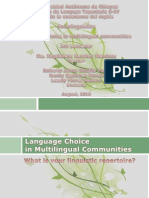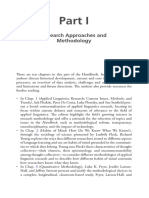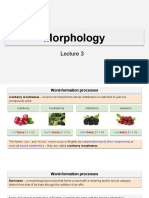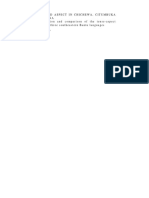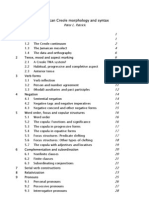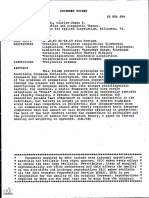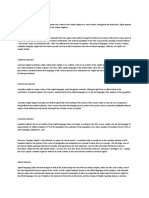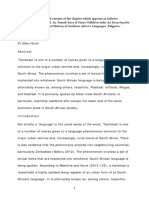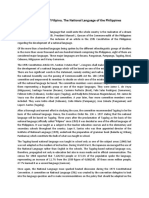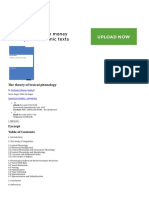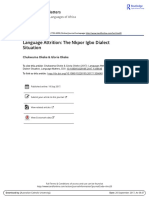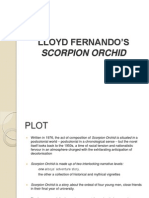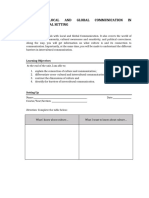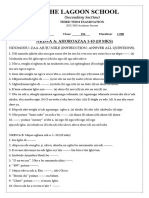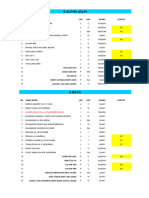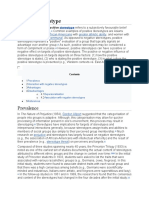0% found this document useful (0 votes)
603 views2 pagesHehe Language: Grammar
Hehe, also known as Kihehe, is a Bantu language spoken by approximately 810,000 people in Tanzania. It is part of the Niger-Congo language family and is closely related to other Bantu languages in the region such as Bena. Hehe has 15 noun classes that are marked by prefixes and a complex tense-aspect-mood verb system. The language has been influenced by Nguni languages but has retained most of its original features over the past 150 years.
Uploaded by
Ahmad EgiCopyright
© © All Rights Reserved
We take content rights seriously. If you suspect this is your content, claim it here.
Available Formats
Download as DOCX, PDF, TXT or read online on Scribd
0% found this document useful (0 votes)
603 views2 pagesHehe Language: Grammar
Hehe, also known as Kihehe, is a Bantu language spoken by approximately 810,000 people in Tanzania. It is part of the Niger-Congo language family and is closely related to other Bantu languages in the region such as Bena. Hehe has 15 noun classes that are marked by prefixes and a complex tense-aspect-mood verb system. The language has been influenced by Nguni languages but has retained most of its original features over the past 150 years.
Uploaded by
Ahmad EgiCopyright
© © All Rights Reserved
We take content rights seriously. If you suspect this is your content, claim it here.
Available Formats
Download as DOCX, PDF, TXT or read online on Scribd
/ 2
